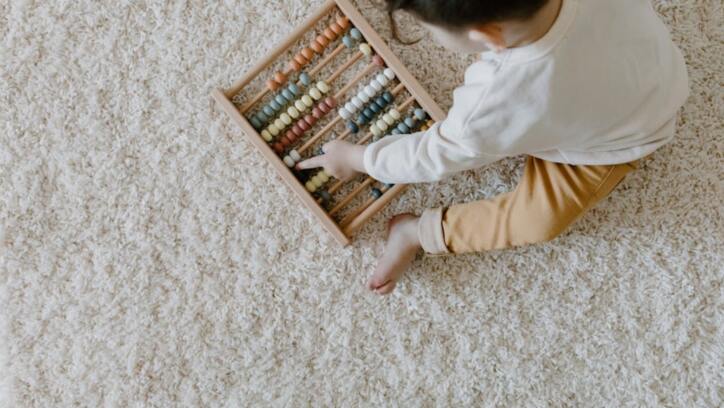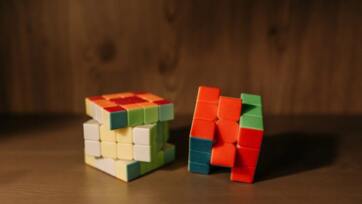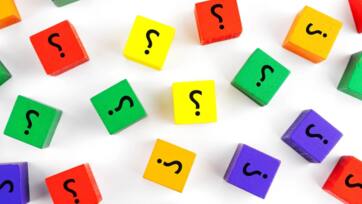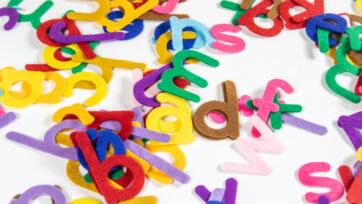Introduction
Learning math usually intimidates students because they primarily view it as tedious work rather than stimulating practice. Playing competitive math games that stimulate curiosity represents the best approach to making mathematics enjoyable for students. Math quiz games create a perfect learning space for children who need to understand mathematics through interactive gameplay. This article presents ten enjoyable math quiz games that develop students math abilities in an interactive and exciting framework.
1. Math Jeopardy
The educational version of the famous TV show offers players a mathematical take on classic Jeopardy gameplay by providing a cool study experience at school or home. Players must choose mathematical subjects from addition through subtraction and multiplication until division. The game allows players to select points-valued questions while they aim to resolve them for point-accumulation purposes. Children learn their mathematics better through this educational competition, allowing them to practice their skills and enjoy an enjoyable learning experience. Players of all ages find this game suitable because instructors can adjust the difficulty according to individual skill levels.

2. Math Bingo
The educational game Math Bingo combines traditional bingo gameplay with mathematics learning. Bingo players solve math equations instead of revealing numbers when they play since bingo cards display addition, subtraction, or multiplication problems. A player should mark their designated spot on the card to mark a correct answer. The game-winner becomes the first player to complete any correct response row or column. Players can use this game to practice math skills through mental calculations at different arithmetic levels.
3. Math Pictionary
Math Pictionary is a mathematical variation of the popular Pictionary board game because players represent mathematical terms through illustrations. Each player must draw mathematical concepts that include "fractions" or "geometric shapes" for their teammates to identify correctly. Parents and teachers find this game excellent for helping students learn and understand complex mathematical ideas through visual connections. Players gain quick sketching abilities through this game because drawing clue representations pushes their thinking speed while reinforcing mathematical knowledge in an entertaining visual format.
4. Kahoot! Math Quizzes
Kahoot! is an acclaimed internet platform that uses interactive quizzes to create fun educational experiences. Educational staff members and guardians can generate math-based quizzes, which students answer by competing against each other within restricted periods using Kahoot! The game platform achieves kid focus with colorful interfaces that produce auditory effects and leaderboard features. Through its customizable quiz features, Kahoot! Enables children of diverse mathematical abilities to take part in the games.
5. Math Board Games
Math Connect and Sum Swamp are board games that help children enjoy practicing their math skills. Gameboard movement requires players to solve mathematical problems to progress through the game. Students develop their basic math proficiency through interactive gameplay that enables them to practice various arithmetic operations, ranging from elementary addition-subtraction to advanced multiplication-division. Many children enjoy the physical aspects of board games, which should be combined with math-based activities because they create memorable social learning experiences.
6. Math Crossword Puzzles
Children who like solving puzzles should choose Math crosswords because these puzzles present an excellent match. Students need to connect their mathematical expertise by finding correct solutions associated with the provided mathematical instructions within the puzzle activities. Through comprehensive problem-solving needs students can address complex issues by reasoning logically while following the connections between different math subjects supplied by math crosswords.
7. 24 Game
Each card requires children to perform advanced numerical combinations and answer them quickly. Participating in this game allows players to enhance their mathematical calculation speed, develop problem-solving capabilities, and think swiftly. Advanced elementary students and math-literate adults will find the demanding nature of the 24 Game appealing since it serves as an exciting analytical test for students studying mathematics.
8. Splash Learn Math Quizzes
The online learning service SplashLearn provides its students with interactive math quizzes through an educational platform. This online platform offers quizzes for multiple age groups with content focused on addition and subtraction and fractions and multiplication subjects. Kids benefit from math practice on SplashLearn because the platform displays visually pleasing graphics with engaging animations and immediate feedback. Users of the platform can take quizzes that deepen in difficulty to afford students continuous learning without input from others. Both teachers and parents, through tracking capabilities, make this platform an effective instrument that functions well in school and at home.
9. Math Escape Room Games
Students benefit from math escape room games through team-building activities with math problems requiring solutions through problem-solving processes. The game environment of these puzzles provides students with deep involvement, which encourages an enhanced interest in mathematical problem solving, so they become an effective option both for collective activities and school assignments.
10. Prodigy Math Game
The math game functions for children from ages 6 to 12, giving them instruction across various math subjects, from basic arithmetic to advanced fractions and geometry content. The game system of Prodigy conducts automatic difficulty adjustments based on individual player skill levels to provide steady progress challenges.
Math Games for Different Age Groups
lük skills game applications should accommodate diverse age groups, but developers must select content matching the developmental readiness of each child ingesting the information. Basic educational games with counting and addition and subtraction skills are more suitable for younger players, while older children can learn complex mathematical concepts regarding fractions, percentages, and algebra. Two adaptable game platforms, Math Jeopardy and Math Bingo, function at multiple skill levels so each child can achieve tailored learning experiences.
The Benefits of Math Quiz Games
Playing math quiz games brings educational advantages to students, surpassing them with arithmetic. Mental arithmetic capabilities improve through quiz games because they develop instant decision-making abilities and problem-resolution skills. The gameplay of many games requires players to work together because they must collaborate when solving quizzes and puzzles. Playing quiz games gives children increased confidence because they notice their math abilities are slowly improving. Students gain instant feedback in games, which helps them determine weak points to develop those skills.
Such environments establish competition alongside positivity in educational spaces.
The main advantage of math quiz games is their ability to blend competition with support between players. Players in Kahoot! and Math Jeopardy surge with competition during gameplay since these platforms track grades and present prizes as rewards. Developing an encouraging learning environment should prioritize student improvement alongside positive experiences over winning at all costs. Students learn to grow their competitive mindset through team support and mistake learning, creating positive learning habits.
Design modifications should be applied to Math Quiz Games when teaching remotely.
Traditional math quiz games need adjustment for virtual platforms since remote learning has become more widespread. Remote learning students can access quiz games through two widely available online tools named Kahoot! and Prodigy. Educational professionals should develop digital versions of board games and virtual escape room challenges, allowing students to connect online to experience math quiz benefits. Technology is a connecting bridge support that scholars in attending math lessons through entertainment, education, and content regardless of the learning environment.
The Role of Math Quiz Games in Building Critical Thinking
Math quiz games serve educational functions beyond math instruction since they assist users in developing critical thinking abilities and problem-solving competencies. The gameplay requires students to conceive innovative solutions for tackling problems whether they solve equations or determine perfect uses of 24 Game card numbers. The critical thinking aspects of these games allow children to build independence in learning while gaining self-confidence to handle various challenges. Critical thinking is an important capability that demonstrates usefulness across numerous life domains beyond mathematics.
Conclusion
Participation in math quiz games with children in their educational activities creates exceptional educational opportunities combined with enjoyment in learning mathematics. Math Jeopardy, Kahoot! and Prodigy present mathematics practice as exciting games that make learning math a fun experience. Students can improve their math skills through interactive learning games in educational settings and homes where they develop a deep interest in academic pursuits. A combination of challenging competition and team cooperation with educational material enables math quiz games to turn challenging subjects into an exciting learning way.








